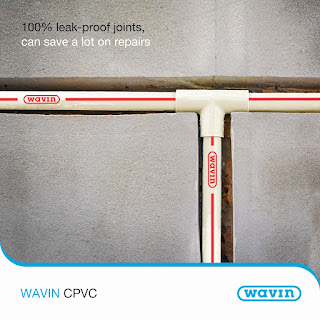Best PPR Pipes And Fittings To Make A Reliable Piping Network

When it comes to supplying drinking water, you don’t want to leave anything to chance. And one of the things that you want to be doubly sure about is the pipe that is being used for this purpose. And if you are planning on setting up the same at home or elsewhere, you know quite well what is that one thing you want to get right. of course, the pipe we are talking about here.





